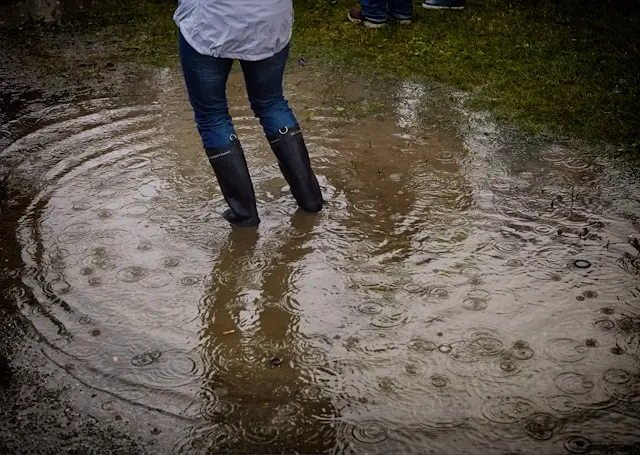Ensuring your dog is well-groomed is vital for their health and happiness, as it aids in preserving a shiny coat, healthy skin, and overall good looks. Your dog’s grooming requirements vary based on its breed, coat length, and specific needs. Dogs with long fur usually need to be brushed frequently to avoid getting knots and tangles, whereas dogs with short fur may not need as much grooming, but they still should have regular baths and their nails trimmed. Grooming ensures your pet stays well-groomed and allows for early detection of possible health problems like skin infections or parasites. Wagmore recommends paying attention to your dog’s unique grooming needs for a seamless grooming routine to ensure they are always comfortable and healthy.
Create a Calm Environment
The environment where you groom your dog can significantly impact their mood. A stressful environment can exacerbate grooming-related anxiety and make the process more challenging. Choose a quiet, comfortable spot where your dog feels at ease. Familiar surroundings can help alleviate nervousness. Furthermore, arranging the grooming space with familiar items your dog enjoys, like toys or blankets, is advisable to help them feel safe and comfortable.
Playing soothing music or using calming scents like lavender can also have a positive effect. Aromatherapy for dogs has gained popularity, and certain scents are known to promote relaxation. Reducing environmental stressors can greatly benefit anxious dogs, making grooming less daunting.
Introduce Grooming Tools Gradually
If your dog is not used to grooming tools, introduce them slowly. Abrupt exposure to brushes, combs, or clippers can create a negative association and heighten anxiety. Let your dog sniff and inspect the grooming tools before you start using them. Make the initial interactions positive by rewarding them with treats and praise. This method creates a positive association and makes your dog more compliant.
If your pet is susceptible, introduce the tools individually over several sessions. This way, the dog becomes familiar with each tool, reducing overall grooming stress. If possible, start grooming rituals when your pet is a puppy, as early exposure can help ease anxiety and make it more adaptable to the grooming process as it ages.
Use Positive Reinforcement
Positive reinforcement is a powerful tool in dog training and can be especially effective during grooming sessions. Reward your dog with treats, affection, and praise whenever they stay calm and cooperative. This approach can transform grooming sessions into enjoyable experiences for your furry friend.
Consistency is key. Ensure you reward the behavior you want to encourage immediately after it occurs. Over time, your dog will associate grooming sessions with positive outcomes, reducing anxiety. Consider using high-value treats that your dog loves but doesn’t get often, as this can make the rewards more motivating.
Take Breaks
Long grooming sessions can be overwhelming for your dog, mainly if it is not used to it or has had negative experiences. To prevent stress, take short breaks during the grooming process. These breaks can allow your dog to relax and reduce any accumulating tension. Breaks are significant for dogs not used to being groomed or have a history of negative grooming experiences.
While taking breaks, participate in a calming activity your dog likes, like playing fetch or going for a short walk. This could be a mental and physical reboot for you and your dog. Following a brief pause, your dog will be more inclined to work together, resulting in a smoother and more effective process.
Consider Professional Help
If grooming your dog at home proves too challenging, consider seeking professional help. Professional groomers are trained to handle anxious animals and have specialized equipment to make the process smoother. They can manage specific needs like nail trimming, ear cleaning, and breed-specific haircuts, which can often be tricky at home.
To find a reputable groomer, consult your veterinarian for recommendations or search for reviews online. Ensure that the groomer has experience dealing with anxious or sensitive dogs. A good groomer will be patient, quick yet gentle, and know how to use calming techniques effectively.



